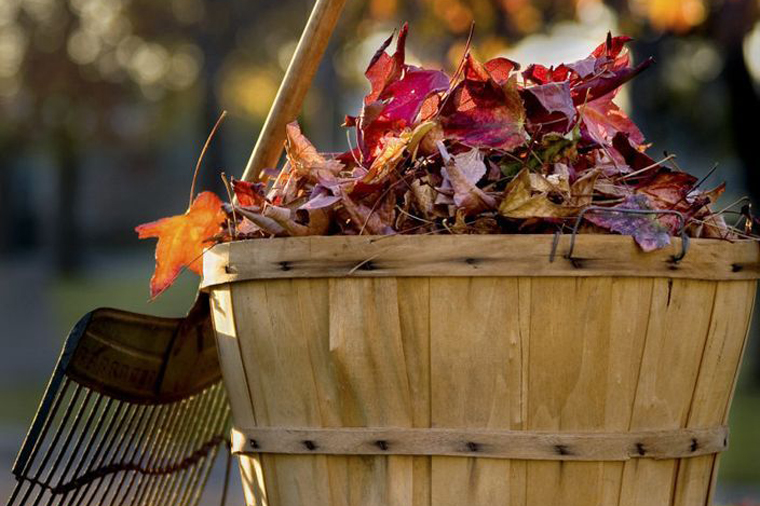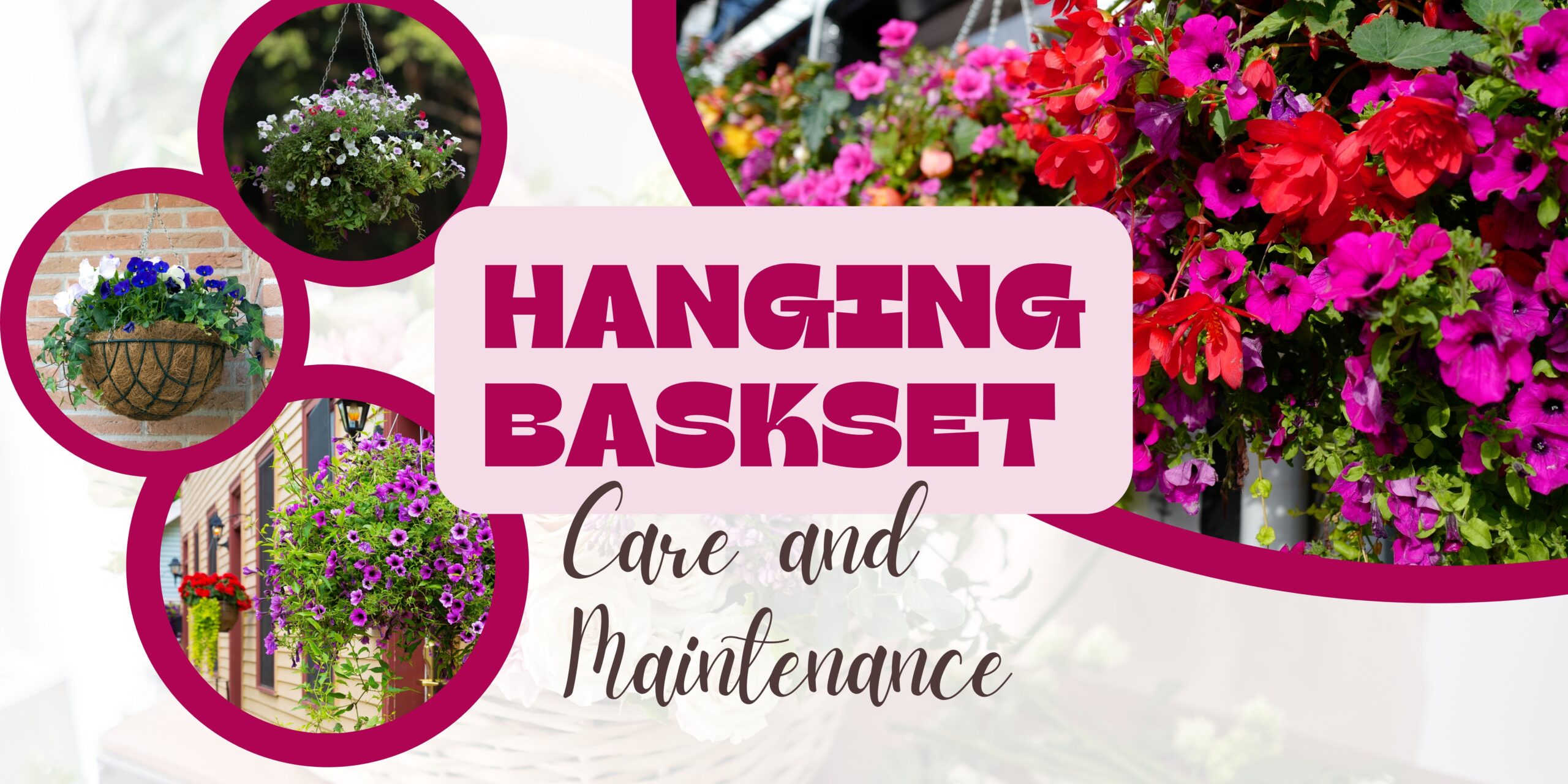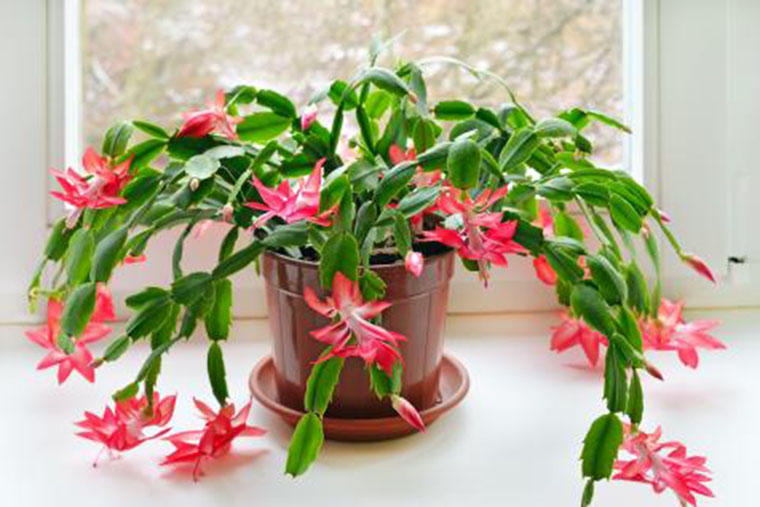How to Get the Most Out of a Free Valuable Resource
It is not uncommon to take a drive through town during the month of October and see bags of leaves sitting curb side, waiting for pick up by the city. But did you know there are benefits to keeping your leaves and putting them right back into your yard? Leaves hold valuable nutrients that are released back into the soil as they break down and can provide needed insulation to other plants during cold Alberta winters. To get the most out of your fall leaves, it is best to be intentional about where your leaves are left and how they are used.
When to Rake Your Leaves
There are two reasons why you would want to rake your leaves and remove them from your lawn, aside from aesthetics.
First, if your tree (or neighbour’s tree) has any signs of disease, rake them up, bag them and get them out of your yard. This will help prevent disease from spreading to other plants or even prolonging the disease within the tree itself. As the infected leaves decompose over winter they can sometimes release diseased spores into the ground, eventually making its way into the root systems of the surrounding plants.
Second, if the leaves left on your lawn are creating a waterproof layer, preventing snow melt from reaching the soil below. This can happen if you have a large quantity of leaves sitting on your lawn or if your leaves are larger and have a tendency to mat together when wet, a common problem with maple leaves.
If your leaves are healthy, consider collecting them to be used in other areas of your yard, where their benefits can be most effective.
The best time to rake leaves is when they are dry. Attempting to rake leaves while they are still wet from morning dew or yesterday’s rain will make for back breaking work, especially if you have a large area to clear.
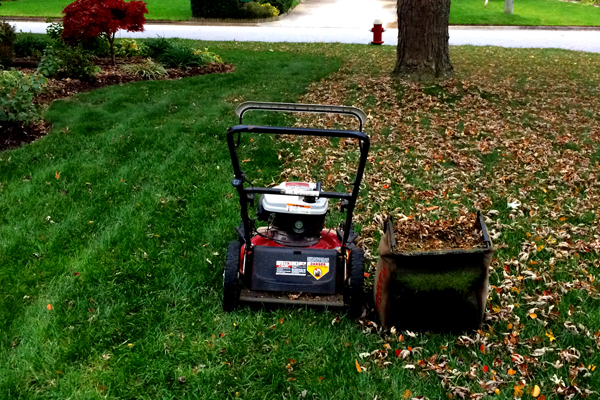
How to Collect Your Leaves
While there is a certain nostalgia that comes with taking the time to rake your leaves into giant piles to be jumped in, there are other methods that are not only easier and faster, but will also chop your leaves in the process.
Most leaves will need to be chopped into smaller pieces to be more effectively used. By chopping your leaves, you will help speed up the decomposition rate, releasing the valuable nutrients and minerals back into the surrounding soil. Chopped leaves are also less prone to matting together, allowing both air and water to flow more freely through the leaves. This will prevent your leaves from suffocating anything underneath or creating an anaerobic environment which can be harmful to your plants as well as the soil below.
The easiest and fastest way to collect leaves is to mow over them while using a grass catcher to bag the chopped leaves as you go. For smaller areas, you can also use a leaf vac. In either case, you will still want to do this when leaves are dry, which means the process will get dusty. Be sure to wear eye protection and a dust mask.
Once you have collected your chopped leaves, there are a few ways they can be used to capitalize on their benefits.
Make Leaf Mulch
Leaf mulch is a great DIY organic mulch that’s free every fall. Its organic nature means it will eventually decompose and need to be replaced, but that makes it perfect for an extra layer of winter insulation that will eventually decompose, feeding your plants as it does so.
Leaf mulch can be used in your plant beds and vegetable gardens. By using a layer of leaf mulch in your plant beds, you are providing insulation to your perennials and smaller shrubs which will help ensure their more delicate root systems survive our cold winters. But the benefits don’t stop there. Letting leaves decompose in a vegetable garden helps to replace depleted nutrients as well as provides shelter for beneficial insects over the winter. The decomposition process itself will help warm your garden soil sooner in the spring. All of which will build healthier garden soil and increase your vegetable garden’s success next season.
Leaf mulch can also be used around the base of trees and larger shrubs. You will want to cover the root ball in the shape of a donut around the plant base, making sure leaves are not piled against the central stem or trunk of the plant. Just as you would with other mulches, you will want to push the leaves back a few inches to provide proper airflow and prevent conditions that promote pests and disease.
Make Better Compost
Another option for your leaves is to add them to your compost. Compost is an amazing organic fertilizer that will improve your soil’s texture and fertility. The secret to making a fast compost teeming with the beneficial bacteria your garden craves is providing the right balance of materials. The healthy bacteria in compost need both nitrogen and carbon to effectively do their work. Carbon provides energy to the bacteria, where nitrogen provides protein synthesis. For every 1 unit of nitrogen used, bacteria needs 30 units of carbon. That’s a lot of carbon.
Where nitrogen rich ingredients are usually moist and green, such as grass clippings, vegetable waste and plant prunings, carbon rich ingredients are usually dry and often brown in colour, such as hay, straw, paper, cardboard and dry leaves.
The closer your carbon to nitrogen ratio is to 30:1, the faster and more productive the beneficial bacteria will be at creating a superior compost, so don’t be afraid to load up your bin with a bunch of leaves. Just make sure your leaves are chopped and stay moist, the bacteria will do the rest.
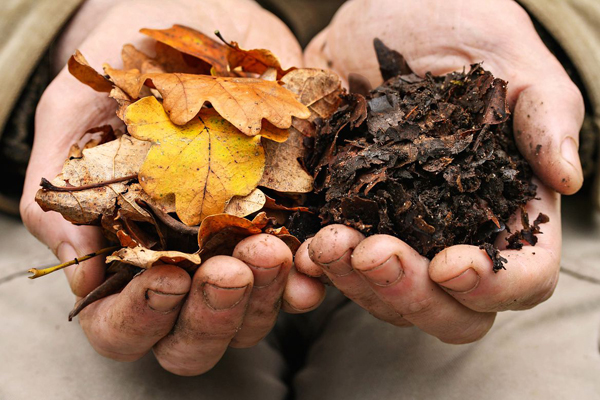
Make Leaf Mold
If your plants are mulched and compost full, a third option is to create leaf mold to be used in the spring. Leaf mold is another nutrient rich organic matter similar to compost, however it is the result of letting leaves sit to decompose over time. Leaf mold is what coats our forrest floors giving them that sponge like quality when walked on. It is dark brown or black in colour, has a crumbly texture and an earthy aroma similar to compost. Leaf mold can hold 300 to 500 percent of its own weight in water, making it an ideal soil conditioner for creating moist beds needed for sprouting seeds in the spring.
To create leaf mold, fill large plastic bags with chopped leaves and moisten them before sealing. Be sure to add some holes to the bags for airflow, then let the bags sit. Check the bags every month or two for moisture, adding water when the leaves are dry. To help speed up the process, you can turn the bag over every now and then or give it a good shake. It is also ideal to use black bags and keep the bags in a sunny spot. The warmth and increased air flow will speed up decomposition so your leaf mold is ready to be used in the spring.
Share Your Leaves with Other Gardeners
If you’re not much of a gardener or have more leaves than you need, consider sharing your leaves with others who might not have access to as many trees. You could try posting them online in free cycling groups or local gardening groups. With all the added benefits leaves bring to our yards, it is no wonder there are several gardeners and gardening communities who drive through town each fall, searching for those bags of leaves sitting curb side. They are an valuable free resource, capable of improving the health of our yards.
 |
| 
